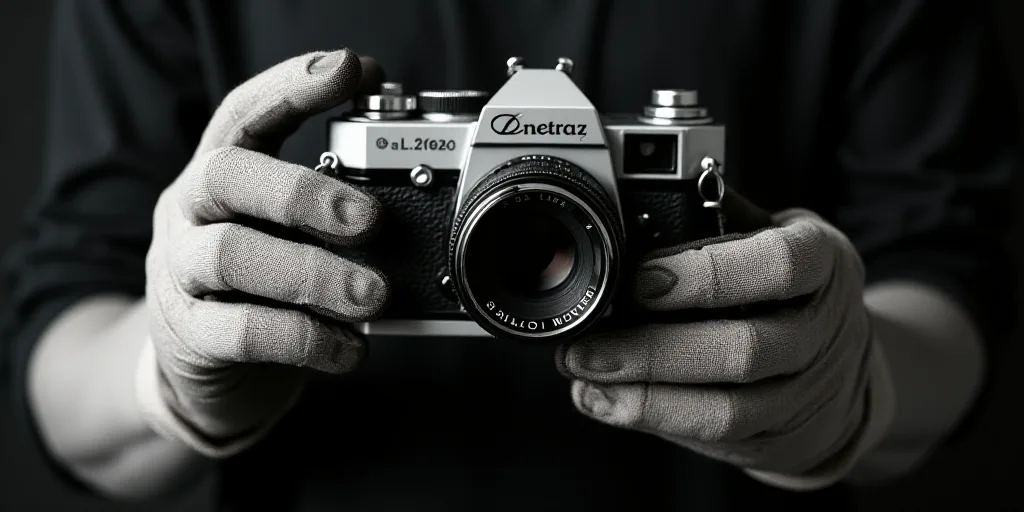Leica Camera Celebrates 100 Years: The renowned German brand, recognized for its retro style and compact cameras, marks a century since introducing its first commercial camera to the public.
Franziska Stuenkel, a Berlin-based photographer, prefers capturing spontaneous urban images. For this, she relies on her Leica M11, a German camera known for its agility and discreet operation:
“I need to be fast and discreet,” says the 51-year-old artist who photographs people walking across the street, their silhouettes emerging through the glass.
Founded in 1869 by Ernst Leitz in Wetzlar, Germany, the company initially produced optical lenses and microscopes. It wasn’t until 1925 that Leica introduced its first commercial camera, the Leica 1, at the spring fair in Leipzig.
By the following years, Leica cameras became the preferred tool for legendary photojournalists like Robert Capa and Henri Cartier-Bresson. Today, despite competition from Japanese giants Sony, Canon, and Nikon, Leica cameras remain popular among professional photographers.
According to British photographer Alan Schaller, using a Leica enhances one’s skills:
“It makes you a better photographer,” he says of his manual version of the M11 digital camera, where he manually adjusts aperture, shutter speed, and light sensitivity—faster than any automatic setting.
Leica cameras are still assembled by hand in Wetzlar, with 70 workers meticulously piecing together the 600+ parts. Peter Schreiner, head assembler, emphasizes the expertise required for such precise work.
Leica’s Transformation
After a challenging decade in the 2000s, Leica shifted towards digital cameras, now accounting for most sales. The company continues producing some analog models, like the M11’s monochrome sibling.
Leica CEO Matthias Harsch anticipates record sales of €600 million (USD 657 million) by 2024/25, with a steady annual growth near 10%. Despite the global digital camera market’s 4% growth last year, according to German market research firm GfK, Leica focuses on innovation—allocating over 10% of sales to R&D.
Beyond cameras, Leica has diversified into watches and laser home cinema projectors. Their lenses are found in Xiaomi smartphones and Leica’s own Leitz phone, co-designed with Sharp for the Japanese market.
“Phone snapshots are just instant images; real photography is something else,” Harsch explains, highlighting the superior quality of dedicated cameras.
The U.S., accounting for around 20% of sales, faces trade tensions under President Trump’s tariffs. Leica operates over 120 stores worldwide and plans further expansions.



